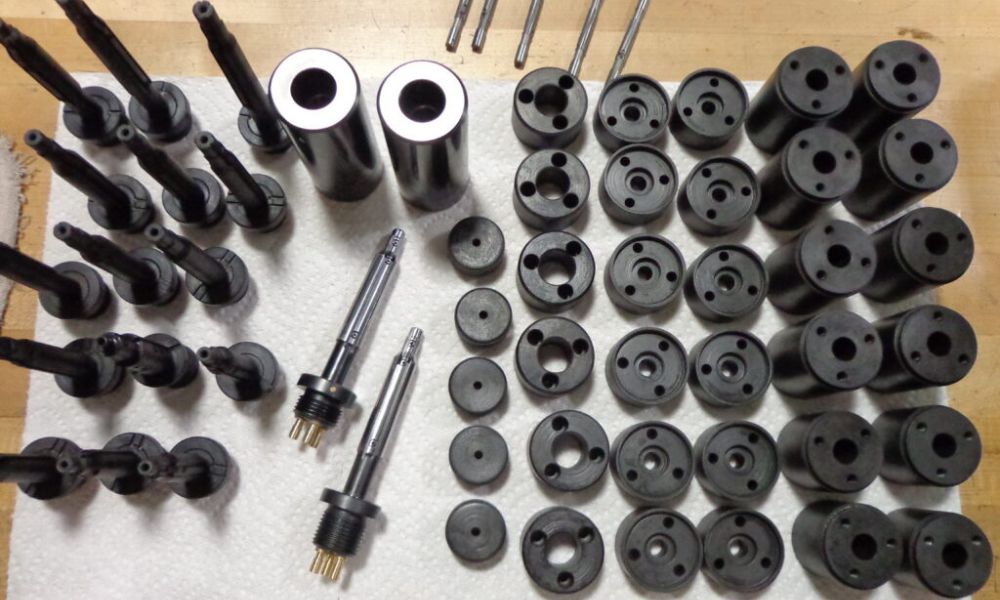Air gages are one of many types of measurement tools that professionals use in various industries. The science behind these tools is complex and some people struggle to grasp it. However, you must understand how they work if you are someone who uses air gages when taking measurements. Keep reading for the answers to your most pressing questions about the science behind air-gaging instruments.
What Is Air Gaging?
Air gaging is a technique used to measure the dimensional characteristics of a workpiece. Air-gaging instruments use compressed air to measure the gap between the workpiece and the air-gaging element. The air-gaging element consists of a sensing head with one or more jet nozzles that direct a small stream of air onto the workpiece. This small air stream creates a back pressure that you can measure using a sensitive differential pressure gauge.
How Do Air Gages Work?
The science behind air gages comes from the principle of the Venturi effect. The Venturi effect happens when compressed air flows through a jet nozzle, the air velocity increases and the pressure decreases. The velocity decreases and the pressure increases when the air jet encounters an obstruction such as a workpiece. The resulting pressure difference is proportional to the gap between the workpiece and the sensing head. We have an accurate measurement of the workpiece when we know the size of the gap.
A typical air-gaging system uses a regulated source of compressed air, a sensing head with one or more jet nozzles, a differential pressure gauge, and a readout device. The readout device can be a dial indicator, a digital display, or an analog meter. Whatever readout device you prefer, you can use it to learn the measurements you need.
What are the Advantages of Air Gaging?
Air-gaging instruments have many advantages over other measurement techniques such as mechanical gages, electrical gages, and optical gages. They are non-contact, non-destructive, and can measure very small tolerances with high accuracy and repeatability. They can also measure soft or delicate materials that other measurement methods can damage.
How Do I Select an Air Gage?
You must consider several factors when selecting an air gage. These include the application requirements, the workpiece geometry and material, the desired measurement accuracy and resolution, and the cost. A gun barrel gage, for example, would require a specialized sensing head that can accommodate the tapered shape of the barrel.
It is also important to consider environmental conditions such as temperature, humidity, and air quality. Air-gaging instruments are sensitive to changes in temperature and humidity, so you should use them in a stable and clean environment.
The science behind air-gaging instruments comes from the Venturi effect, but you should ask yourself many more questions when considering these measurement tools. Once you can answer these questions about how air gages work and their advantages, you can find the right tool for your needs.
At Air Gaging LLC, we offer many of these tools, including gun barrel gages. Contact us if you’re looking for something specific that you can’t find as our close relationship with manufacturers allows us to provide creative and innovative solutions.

